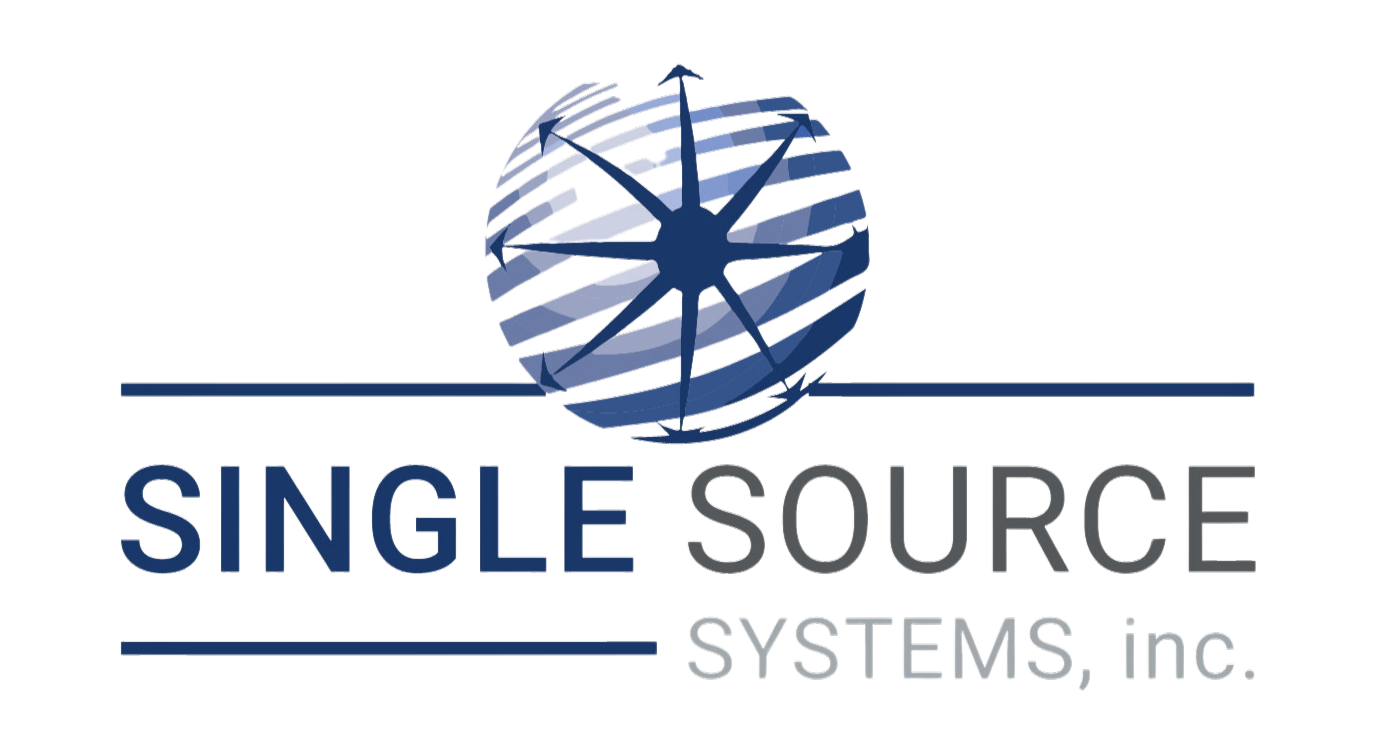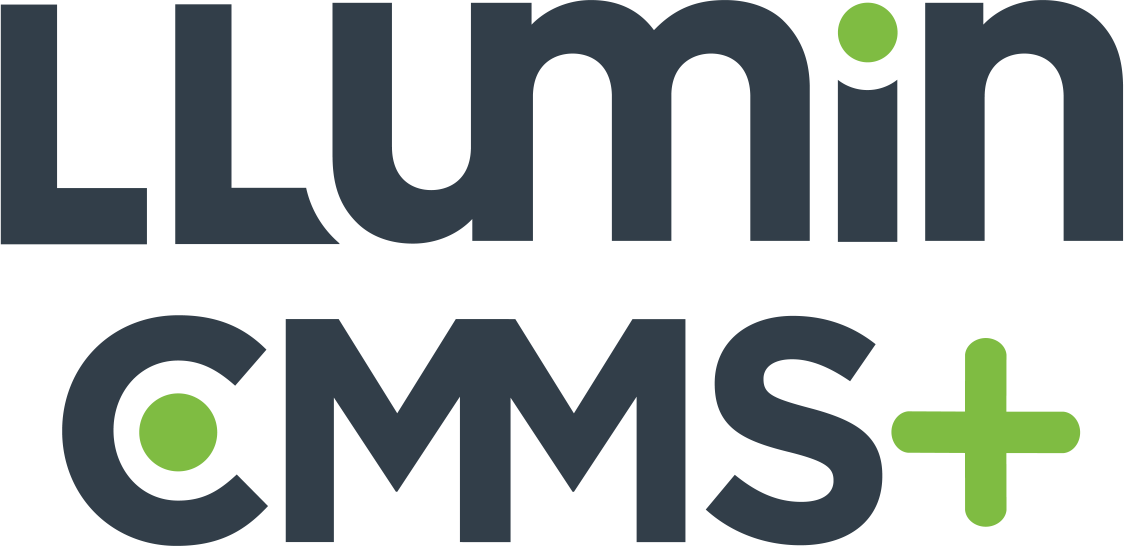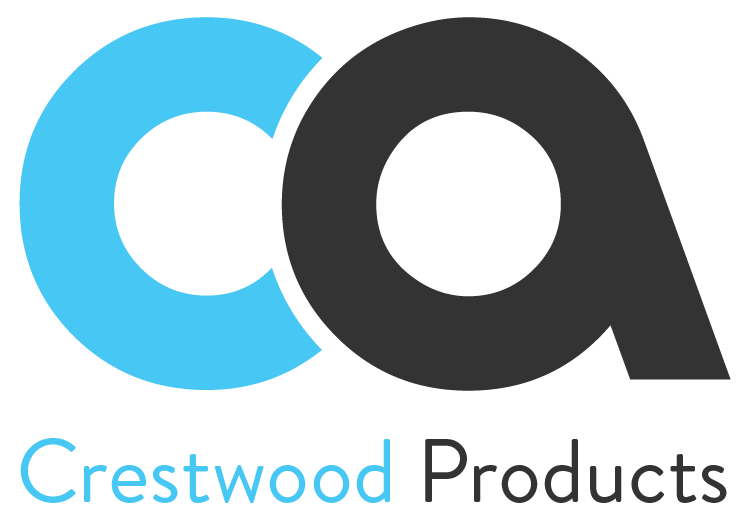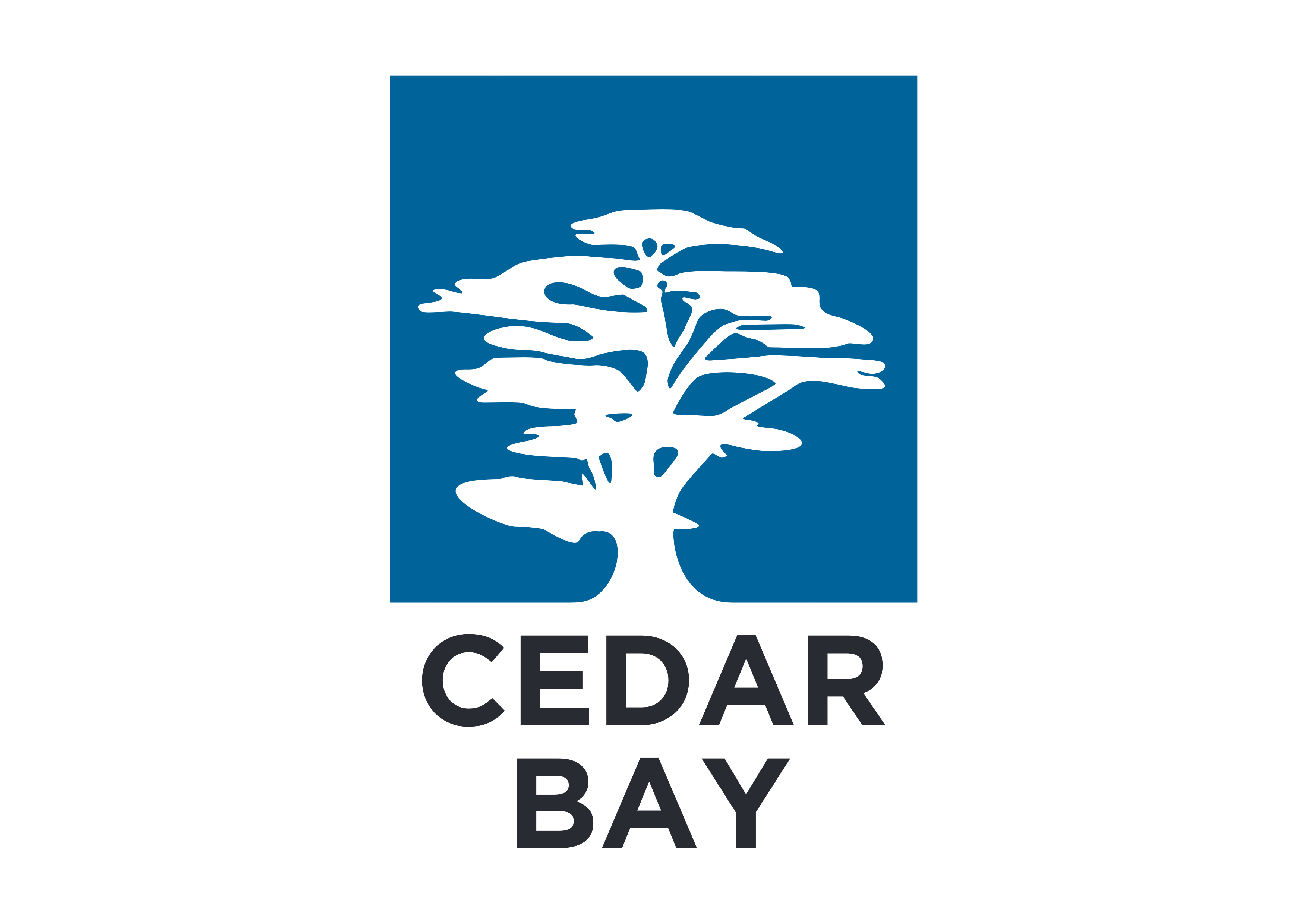Understanding Non-Conformities (NC)
Non-conformity is when a product, process, or service fails to meet the established requirements. It’s essential to ensure that the product, process, or service conforms to requirements, if not; the company will have to bear negative consequences such as damage to its reputation, potential penalties from customer, legal actions, lack of customer satisfaction, and more. Managing nonconformity effectively is a crucial part of an effective quality management system. Non-conformities are commonly categorized as major and minor non-conformances. They have different impacts on the business operations.
Examples of nonconformities include missing documentation, lack of training, unsafe environmental conditions, and products not meeting quality standards such as ISO 9001.
How To Minimize Non-Conformities?
Manufacturers and distributors must adopt a structured approach from identifying non-conformities for continuous improvement. They can reduce the non-conformities by following this procedure.
Identification
When a product doesn’t meet the specified requirements and any deviation occurs in the process, identify and document the deviations in detail. When the deviation is major it should quality control department to take immediate actions with proper containment measures such as stopping the production and shipment of the products.
Investigation
After identifying the non-conformities, investigate the root cause of the non-conformity. The root cause analysis is important to understand the origin of the deviation. Root cause analysis serves as a problem-solving element. Root cause analysis can be done by utilizing methods such as 5WIH and 5Whys and assign a dedicated department to perform the root cause analysis.
Corrective action and preventive action (CAPA)
After knowing the actual cause of the deviation, an action plan can be developed to take corrective and preventive actions. Corrective actions are implemented to rectify the current deviation whereas preventive actions are implemented to prevent the recurrence of the deviation in the future. As a part of effective quality management, it’s essential to document corrective and preventive actions for the non-conformities.
Verification
After analyzing the root cause of the deviation and documenting the CAPA details, dedicated personnel must verify the details. This will to ensure that the non-conformity is addressed correctly and all the details are documented. The verification stage will help quality department or the assigned personnel to understand if the deviations are resolved properly or not.
Closure
Finally, the non-conformance will be closed. Document all the details and keep track of records in a centralized location for transparency and future reference. Conduct timely review of the process for continuous improvement in the organization. Update the process if needed, regular monitoring will help to reduce the non-conformities and save time to deal with the hefty procedures.
Gain many benefits from dealing with non-conformities effectively. A well defined process can help to minimize non-conformities and drive benefits from enhanced customer satisfaction to preventing the recurrence of non-conformance.
Conclusion
In today’s fast-paced environment, digitize the process of dealing with non-conformances is critical. eWorplace Apps’ comprehensive Quality Management Suite for Acumatica offers NC & CAPA capabilities. It helps manufacturers and distributors ensure that the product and process meet the specifications. From performing quality control operations and documenting standard operating procedures (SOPs) to performing non-conformance operations effortlessly.
Would like to know more? Contact us.






































